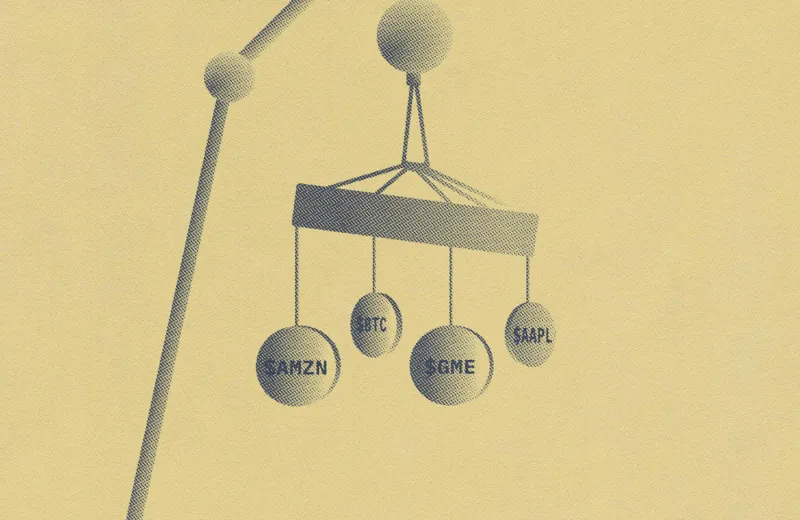Want the best risk-adjusted returns? Invest with the oldest sibling.
New research shows that mutual fund investors who are younger in the family pecking order tend to take on more risk — and often perform poorly while they do it.
Published on August 10, a paper from Vikas Agarwal at Georgia State University and Alexander Cochardt and Vitaly Orlov from the University of St. Gallen attempts to unravel the effect that birth order has on investment behavior.
The researchers say that it’s part of a growing body of research on parental attention and sibling behavior. It also happens to follow a number of academic studies that have analyzed the effects of everything from Ferrari ownership to childhood poverty on investment performance.
The researchers’ primary findings showed that funds run by “later-born” managers take 0.84 percentage points more total risk and 1.13 percentage points more active risk than their first-born peers. The researchers called this increase in risk “economically meaningful.”
These differences persisted after researchers controlled for family size, socioeconomic status, parental work status, and a number of firm- and manager-specific qualities. The researchers also controlled for bereavement, marital status, the gender breakdown of siblings, relative age, education, and experience with market depressions.
The researchers used the CRSP Survivor-Bias-Free U.S. Mutual Fund Database and the Morningstar Direct Mutual Fund Database to compile manager and fund characteristics of solo-managed, domestic equity-only U.S. mutual funds that have operated for at least one full year and that have total net assets over $1 million. The sample set initially included 2,015 managers operating between 1962 and 2017.
To determine the family characteristics of those managers, the researchers used obituaries memorializing family members. They then cross-checked that information using databases like LexisNexis, Ancestry.com, SEC filings, and a number of other resources.
The complete refined sample included 1,905 managers running 2,122 funds. Of that sample, 40 percent of the managers were first-born, 34 percent were second-born, 15 percent were third-born, and the remainder were fourth- or later-born. Twelve percent of managers in the sample grew up as only children.
Using a bevy of risk-adjusted return metrics, including Sharpe ratios, information ratios, value-added, four-factor alphas, and peer-adjusted alphas, the researchers found that not only did those born later take on more risk, they weren’t rewarded for doing so. For example, a unit increase in the birth-order rank reduces the average annual Sharpe ratio by 0.06, and the average annual information ratio by 0.07.
The effects of birth order extend beyond risk and performance, however. Later-born siblings were found by researchers to engage more in portfolio churning and to choose “lottery stocks” — those with “low-price, high idiosyncratic volatility, and high idiosyncratic skewness.”
What’s perhaps more concerning is that these later-born managers are also more likely to have violations and customer disputes on their FINRA BrokerCheck records, which results in more fines to pay.
But these findings don’t uniformly apply to all younger siblings. Instead, among siblings with wider age gaps between them, the effect of birth order is less significant, according to the paper. The researchers theorize that this could be due to less competition among those wide-age-gap siblings for parental resources, although that has not been confirmed.
“Taken together, our findings suggest that birth order-induced, sensation-seeking tendencies originate from sibling rivalry for limited parental resources during childhood, shape trading behavior, and extend beyond portfolio management,” the researchers wrote.







